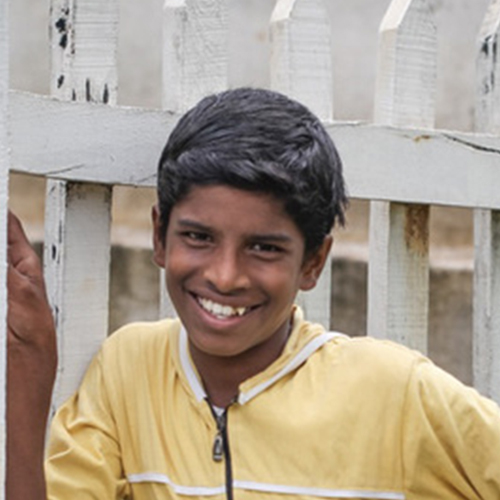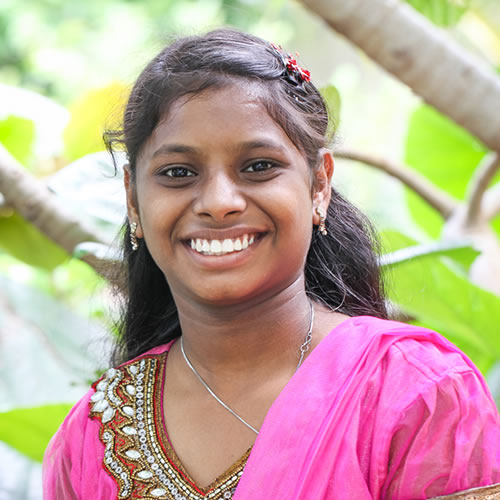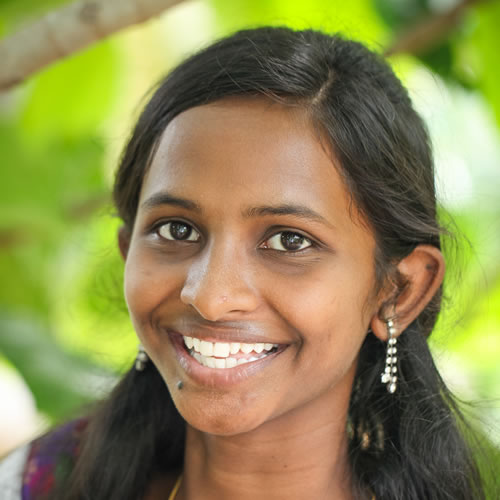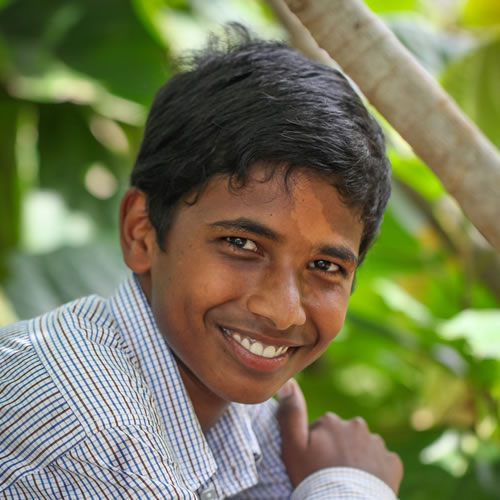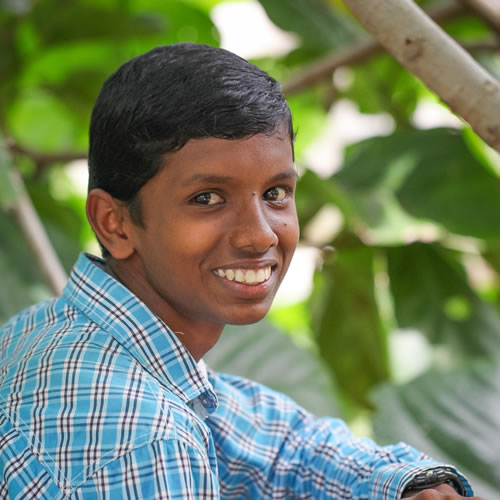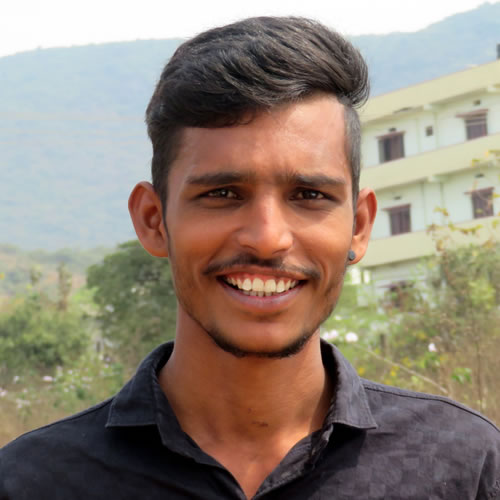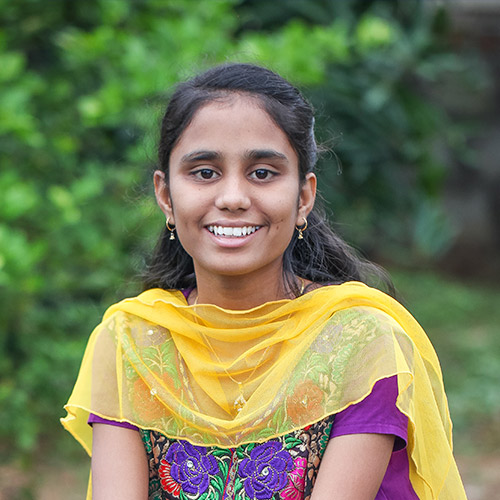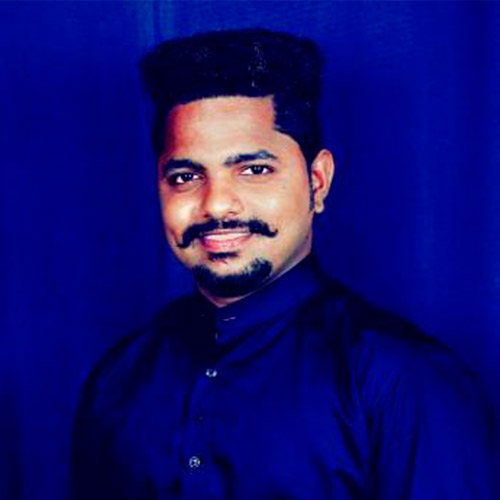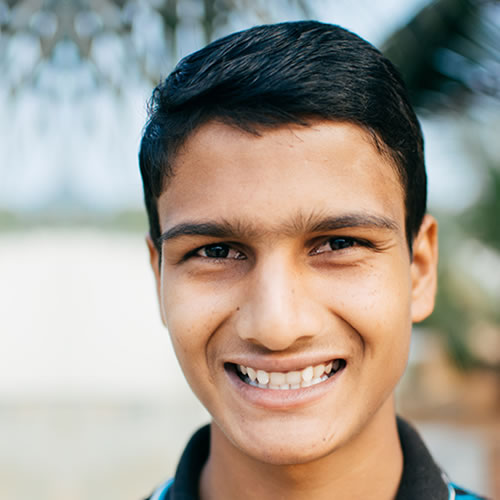Knowing
The Way Out
Our Students
These are the messages that so many of India’s orphaned children too often receive and come to believe defines them. Hope Academy does not accept these perceptions.
Hope Academy is Rewriting the Story
Our mission and our most meaningful accomplishments are lifting up and empowering these children — our students — with life-changing skill-sets and appreciation of their individual great value and of their great promise for the future.
What if orphaned children from tribal areas and slums of southeast India could grasp that they have incalculable worth. . . they are not alone. . . and their lives can change?
What if individual stories could be rewritten? They are! What if you could help to rewrite the stories? You can!
Student Demographics:
To date, one hundred percent of Hope Academy’s incoming students have come from either tribal (Adivasi) or slum areas from within a radius of 300 km of the City of Visakhapatnam. Common background themes include extremely low socioeconomic class, low caste and very weak—or non-existent—family support systems.
Literacy among families of origin:
Ninety-five percent of the families or communities of origin are illiterate.
Socioeconomic background:
In all cases, extreme forms of poverty are present, with children living well below India’s poverty line. High levels of criminality, alcoholism and abuse are not uncommon amongst families and communities of origin. Twenty-five percent of children are from tribal areas (Scheduled Tribe, ST) where there is no proper food, drinking water, electrical power, hospitals or schools.
Relatives:
In most cases, extended families either don’t exist or are physically unable to care for a child. Twenty-five percent of these children do not have living parents – they may have a distant relative or grandparent. Fifty percent of children have a single parent, usually a mother. The father either died or abandoned the family and the mother works as a house maid (or other menial job) for about $40 a month.
Regions of Origin:
Thirty percent of these children come from the slums within the City of Visakhapatnam (Vizag). Sixty percent come from within tribal or slum areas of the District of Visakhapatnam—including Vizag’s slums. Seventy-five percent come from tribal or slum areas within the combined Districts of Visakhapatnam, Vizianagaram and Srikakulam.
What would the fate of Hope Academy’s
child population be—without intervention?
Access to high-quality education is virtually non existent for children who live well below the poverty line. UNESCO statistics http://uis.unesco.org indicate that for Indian children who live well below the poverty line:
in grade four remain illiterate (approximately)
in any grade never achieve grade-specific competency in reading and math (approximately)
in grade six remain illiterate (approximately)
drop out to join the child labor market by grade eight (approximately)
What are Hope Academy Graduates Doing Today?
Vijay grew up in an extremely rough neighborhood where crime was routine. Once toughened by his upbringing, today Vijay is a gentle soul who abhors violence and hopes to one day put the “soft” in software engineer.
During a creative writing workshop led by a visiting student from Stanford University, Vijay composed a storybook “The Power of an Idea” in which the author and his friends gain an awareness of a local community issue: elderly homelessness. Vijay’s beautiful storybook has been illustrated and published, and is now for sale online here.
As expected, Vijay performed exceptionally well in junior college—as well as on his entrance exam for engineering. Vijay is now entering college and will soon embark on his independent life journey—empowered to pursue his hopes and dreams for a profession and better equipped to solve some of the problems of his community of origin in Vizag’s slum district.
Niharika is currently pursuing a B. Tech. degree in Computer Science. She is entering her fourth year of study. Niharika has become a role model for many young girls; she enjoys giving speeches at public events on the importance of women’s education.
Jyothi is currently in her 3rd year of Bachelor of Science. She has a cheerful heart and a positive mind and is looking forward to working soon.
Jeyraju is studying Mechanical Engineering and is in his 3rd year. He always had a creative mind and he has always loved designing cars. Jeyraju says he enjoys school and loves the fact that he will be working in areas that he has been passionate about since childhood.
Suvartha is in his final year in earning his Bachelor of Hotel Management degree. It is his dream to own and operate his own Hotel one day. He says he learning a lot in school—including communication and analytical skills and hospitality.
While growing up, Girish always wondered what it would be like to get on a plane and work overseas. He still says it seems unreal that he is actually living his dream; he works as a welding engineering technician in Malaysia. Girish helped five of his friends with the visa process and guided them to be able to work with him in Malaysia.
Kinnera has one more year of studying for her BS in Nursing before she can start working as a nurse – something she always wanted. She often played nurse while living in the children’s home and helped girls whenever they were sick by taking care of them. With a heart of compassion and love Kinnera will surely make an outstanding nurse.
Prasad owns a photography business. He knows how to bring life to any kind of a party, get together or celebration. Prasad has a deep-seated self-confidence; he loves extending this positive attitude to others and uplifting whomever he works with or comes across. He says being a professional photographer brings him joy as he loves putting a smile on everyone he clicks.
While considering possible career paths, Vasu inquired about what would be an area of value for Hope Academy. After analyzing his strengths, Vasu decided to become a chartered accountant. Doing so would enable him to eventually give some of his skills back to the children’s home and school that had helped to lift him so far. A determined and hardworking Vasu is half way into finishing his degree to become a chartered accountant.
